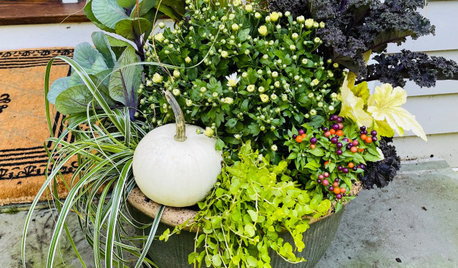I am in Howard County, MD. I see a large number of Cedrus deodara around here, but can't help but wonder if, long-term, they are marginal. I see even more Cedrus atlantica and libani, which are a bit hardier.
Most are rated to zone 7. I'm BARELY in z7, and some maps put me in 6b. It's been as cold as -2F since I've lived here (2007) but it has been colder in the past.
I'd think anywhere S and E of I-95 is probably OK for deodara, but the more inland areas west of I-95 could be pushing it, unless we're talking the hardier "Himalayan" varieties like Karl Fuchs, etc.
Am I right or wrong here? I realize winters have been quite mild as of late, but regardless of climate change or not, it's by no means a certainty that a winter like '77 or '94 couldn't happen again and wipe them out.
The largest deodaras around here are maybe ~40ft tall...so they may or may not have been here in '77, although probably survived '94 and '96.









Embothrium
Jon 6a SE MA
Related Professionals
Benbrook Landscape Architects & Landscape Designers · Folsom Landscape Architects & Landscape Designers · Saint Louis Park Landscape Architects & Landscape Designers · Canyon Lake Landscape Contractors · Garland Landscape Contractors · Hawthorne Landscape Contractors · Hoffman Estates Landscape Contractors · Mastic Beach Landscape Contractors · Monterey Landscape Contractors · Nutley Landscape Contractors · River Ridge Landscape Contractors · Vancouver Landscape Contractors · Wethersfield Landscape Contractors · Goldenrod Landscape Contractors · Merrifield Landscape ContractorsEmbothrium
davidrt28 (zone 7)
davidrt28 (zone 7)
Jon 6a SE MA
nikkie_in_toronto
Embothrium